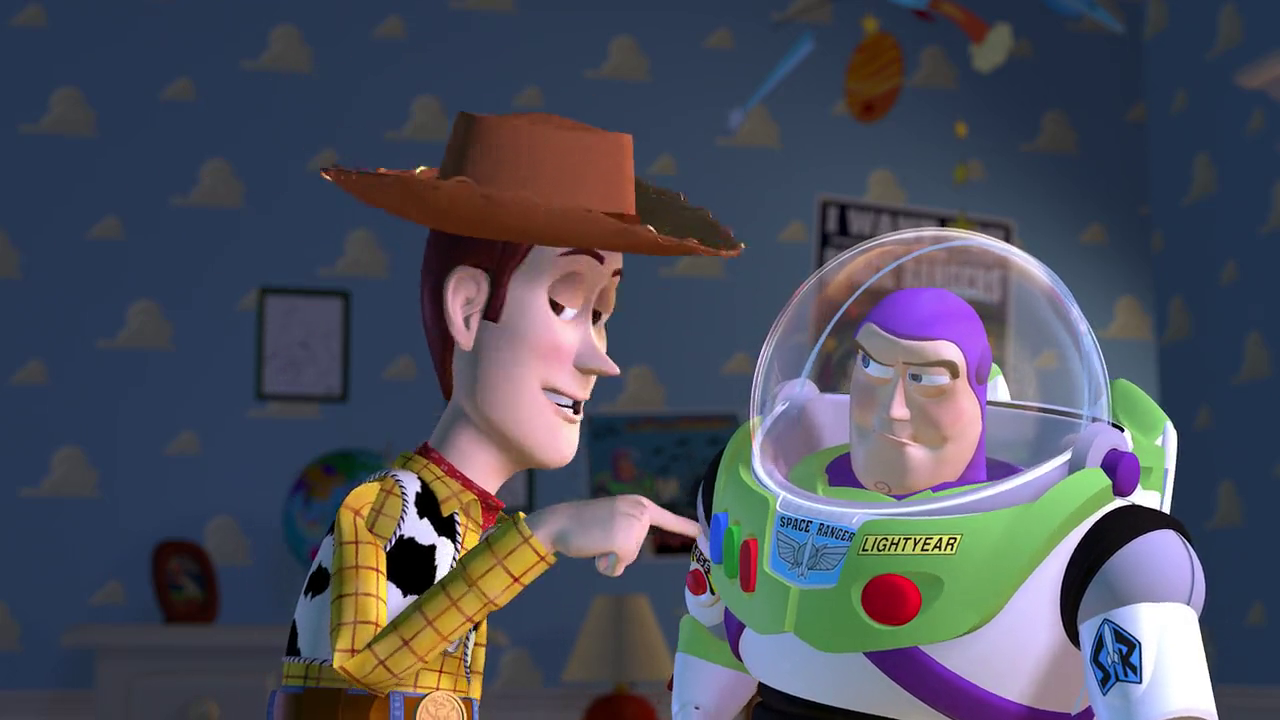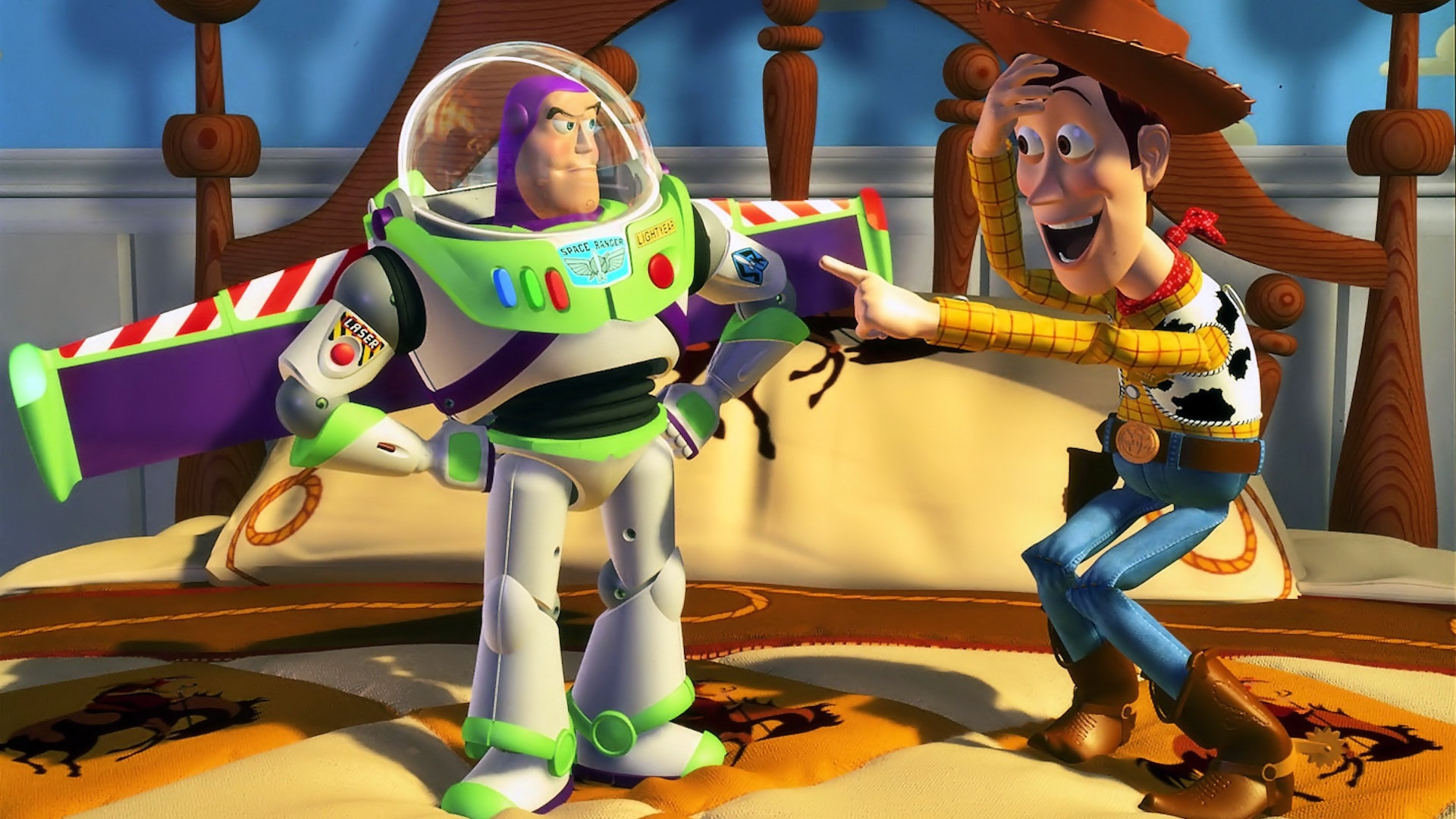In “Toy Story,” which character changes, and which is steadfast in their resolve?
An important component to any narrative structure is the idea of the “Main Character Resolve.” Dramatica explains the concept, saying, “Does your Main Character Change his way of dealing with the problem at the heart of the story (such as Ebeneezer Scrooge’s switch to generosity in A Christmas Carol (2009)) or remain Steadfast in his convictions (such as the innocent Dr. Richard Kimble in The Fugitive (1993))?”
Luke Skywalker experiences change. James Bond is a steadfast character. He’s always James Bond and strictly follows James Bond’s set of ideals.
In most narratives, one character changes while the other remains firm in their beliefs. Think about the number of times you’ve seen the dynamic: Two characters exist, one who thinks they know the best way to do something, and another who has tried and tested experience proving they’re right. Eventually one adopts the thinking of the other, and they work together toward a common goal. As a team, they fail or succeed based on their joined efforts. At its core, it’s problem solving, and often becomes the thematic message of the tale.
When looking at Toy Story (1995), it’s initially challenging to see which character is which. The narrative arc of Woody (Tom Hanks) appears to undergo a metamorphosis over the course of the picture, implying he changes. On that same superficial level, Buzz (Tim Allen) seems rooted to his ideas. Neither of these things are exactly correct, and with closer evaluation, there’s a better argument that Woody is the steadfast character while Buzz is the one required to change.

Why? When the film starts, Buzz thinks he’s a genuine alien-fighting space ranger. He’s delusional. He doesn’t understand he’s a toy. Contrast that with Woody, who tells Buzz that what matters in the world more than anything is being there for Andy to make him happy. He and Buzz exist as Andy’s playthings, and they are to be there for him when he needs them. That’s his resolve and his perspective on life, and that perspective doesn’t change during the course of the story even though his character experiences moments of humility.
At the end, Woody identifies his selfishness. He comes to terms with his jealousy and the way he’s been behaving by risking his life to get all the toys back to Andy. But this isn’t a change, it’s simply an actualization of the perspective he established in the beginning. He’s a toy, and his job is to be Andy’s toy, no matter how much he’s played with. If Andy chooses to play with Buzz more than him, that’s up to Andy. Woody will still be there.
Buzz, on the other hand, is forced to come to terms with the fact he’s not a real space ranger. He adopts the perspective Woody puts forth—that he is a child’s plaything, and that should be his purpose in life. He transitions from thinking he’s a legitimate astronaut in charge of finding aliens to understanding he’s a mass-produced product for amusement. He gives up attempting to return to Star Command in exchange for life with Andy. That shows a clear change in point of view.

The two characters do compromise on various things, muddling the identification of the Main Character Resolve concept. But Woody’s belief in the purpose and value of toys doesn’t waiver, it only increases in merit as he realizes the hypocrisy of his behavior against his early statements. Woody’s steadfast resolve offers more value to the story because of the emotional weight of him putting aside his differences to become Buzz’s friend.

